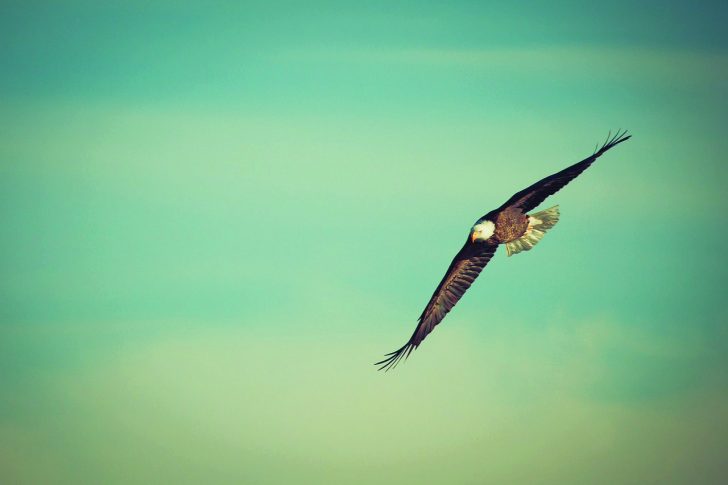
The Bald Eagle was chosen as the national symbol of the U.S. because of its power and prowess. While these raptors often catch live prey, including seabirds and small mammals, they are considered scavengers and sometimes dine with vultures on carrion. But fish make up the largest part of this raptor’s diet, and eagles are not shy about stealing their fish from a nearby Osprey whenever possible.

The Audubon Center for Birds of Prey in Maitland spearheads the statewide EagleWatch program in cooperation with the Florida Fish and Wildlife Conservation Commission. Monitoring data from the 2022-2023 season revealed that roughly 150 Bald Eagle pairs lost their nests to Hurricane Ian, but 70% of those pairs rebuilt and made a nesting attempt. The efforts to rebuild, along with the inferior condition of many remaining trees, took a toll on nest productivity for pairs affected by the hurricane. Fewer of the rebuilt nests (66%) fledged chicks compared to the nonhurricane-impacted nests (80%), but Audubon still celebrated the 109 chicks that the impacted eagle pairs successfully raised.
With continuing land development, many eagles resort to nesting on man-made structures, including power lines and communication towers. These non-natural nest sites can present many unique hazards to the young eaglets when they fledge, including entanglement in plastic and fishing line.
In addition to always retrieving your line and tackle from the trees, you can also help eagles by joining Audubon’s EagleWatch program, which engages volunteers and individuals in protecting our nation’s symbol wherever they live, work, or play. Learn more at cbop.audubon.org/eaglewatch
